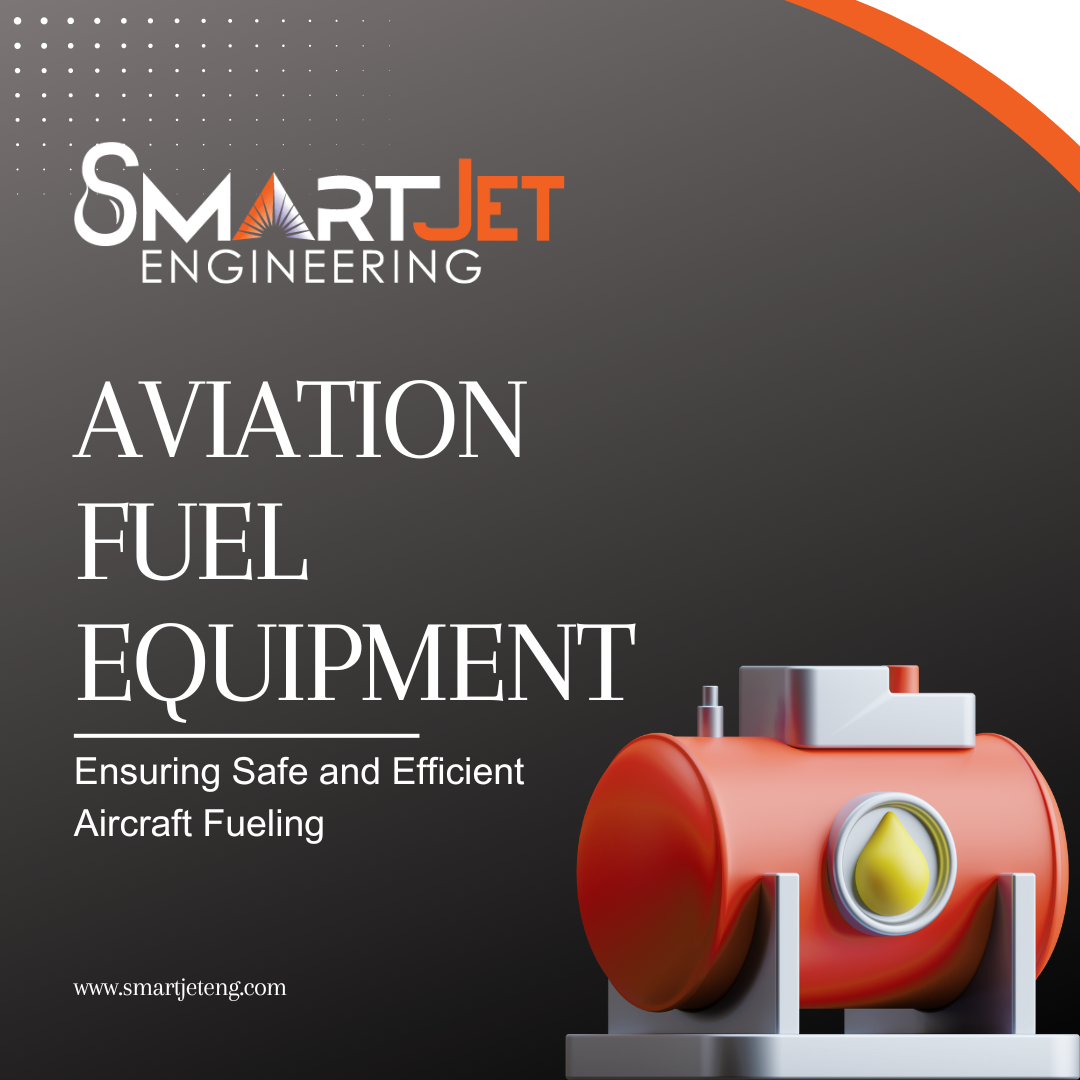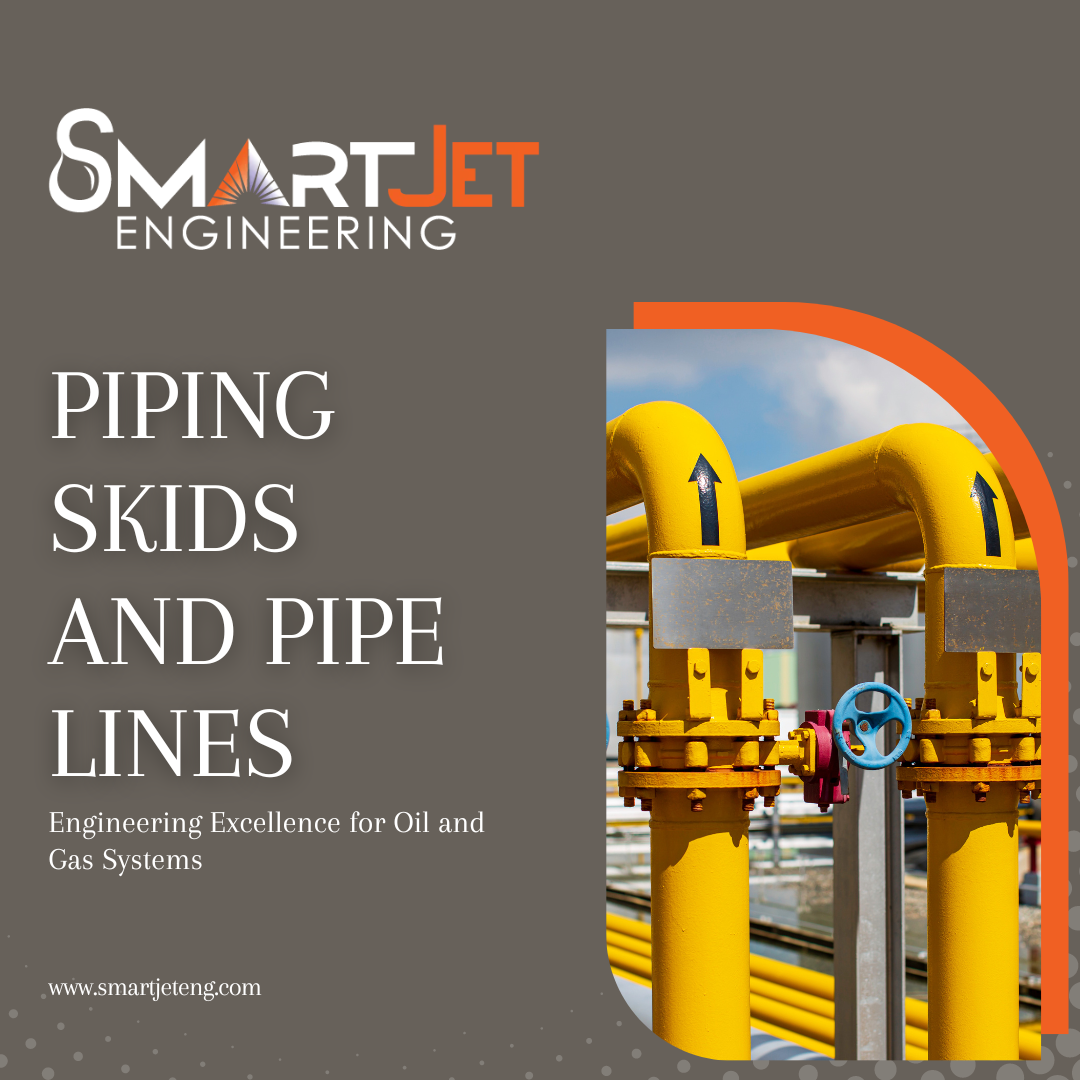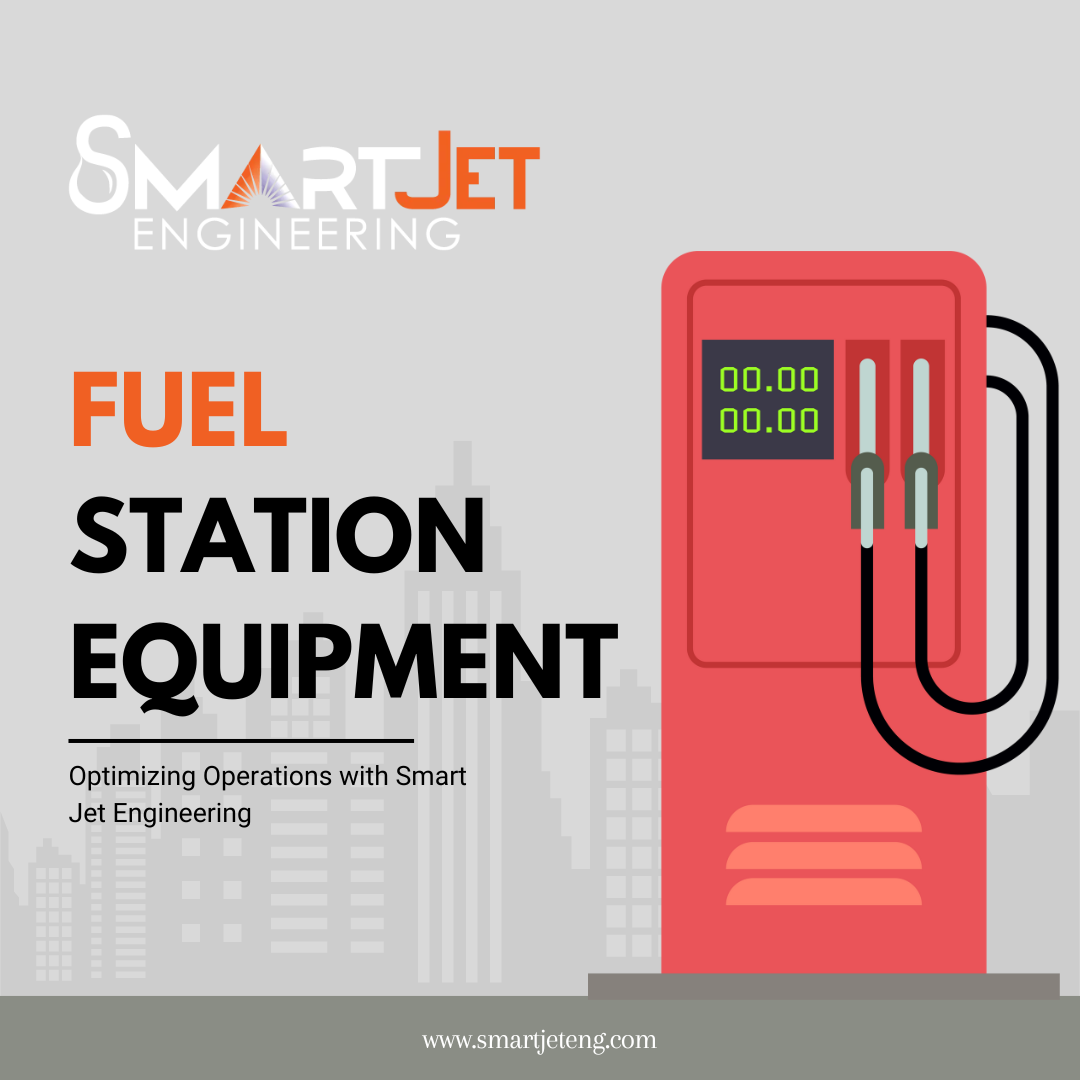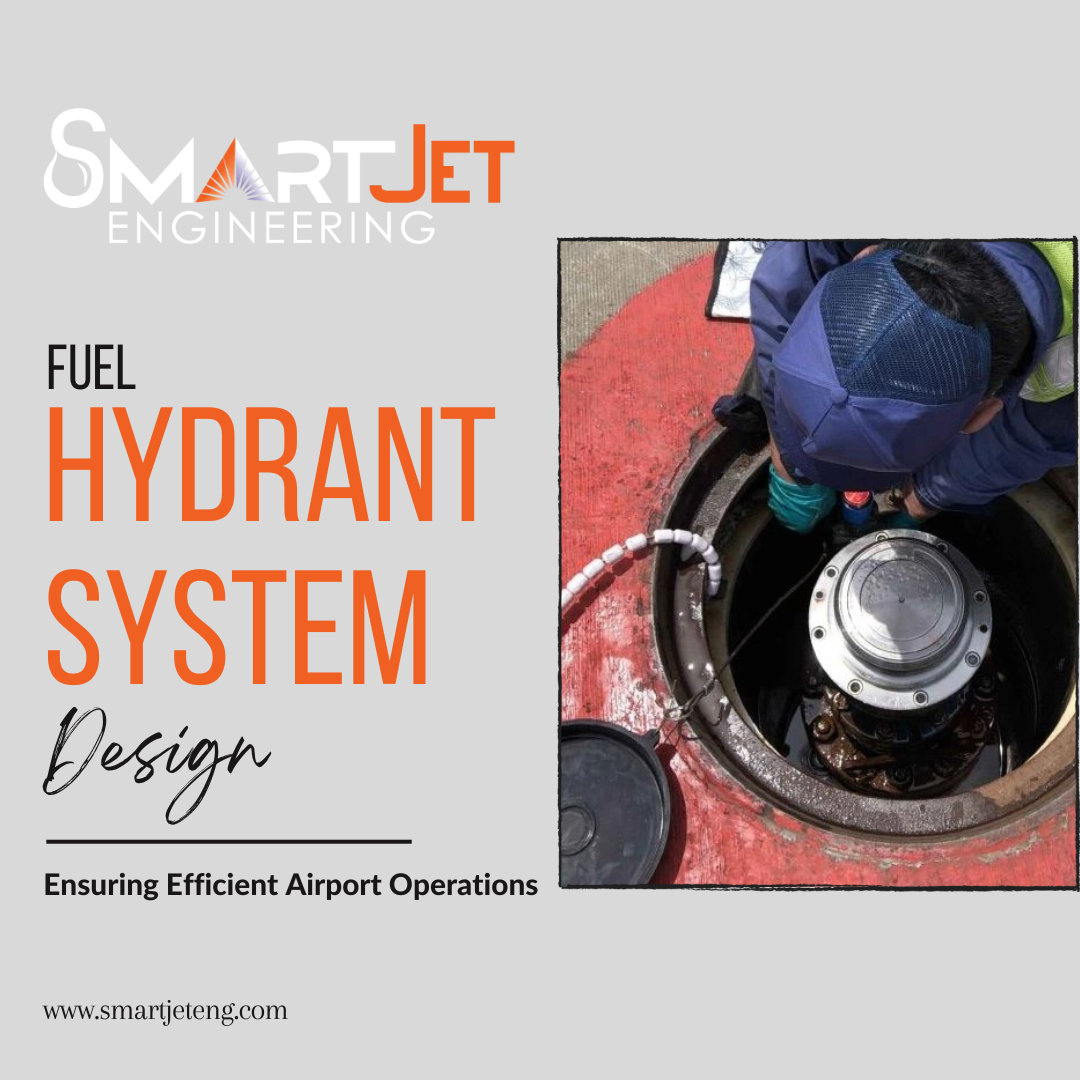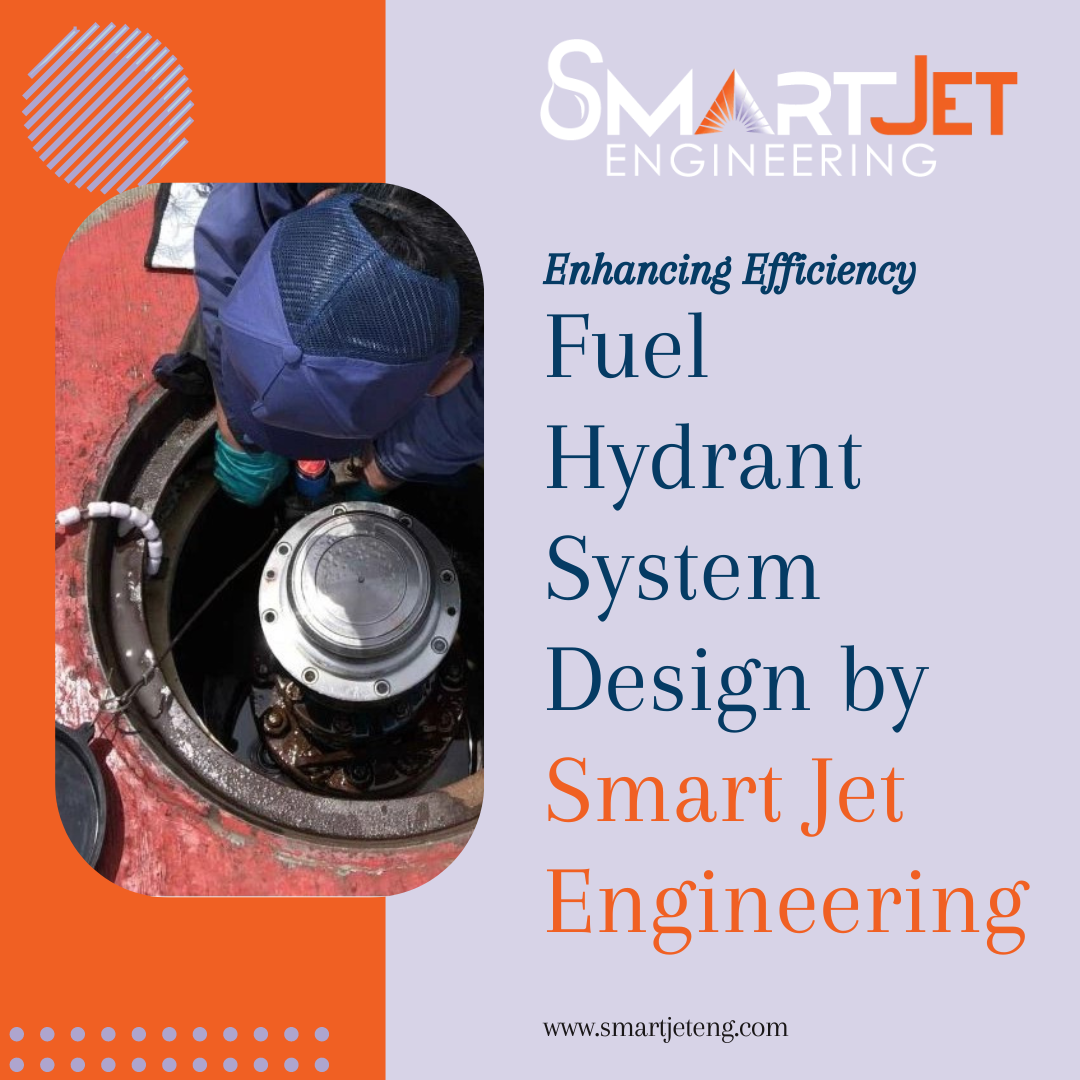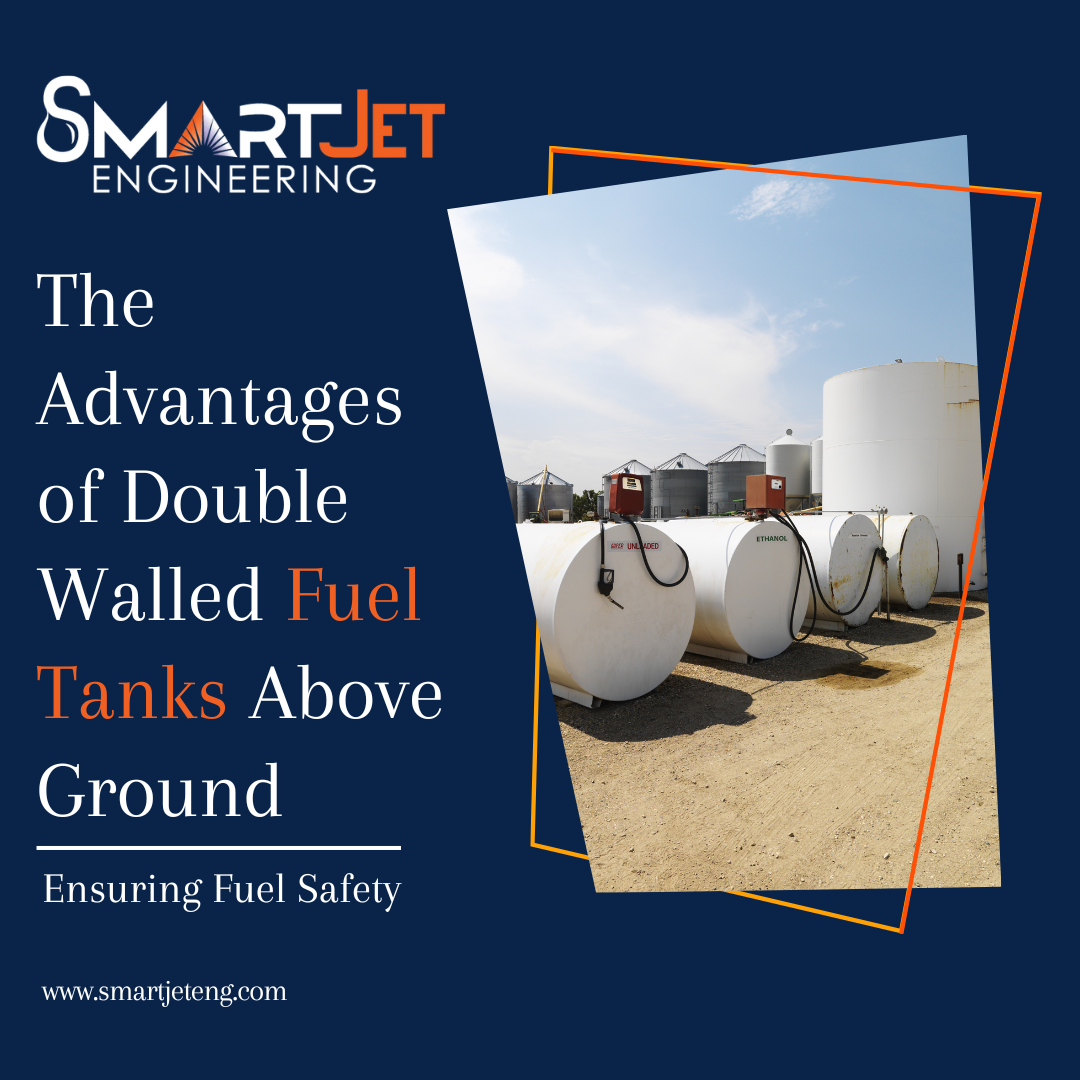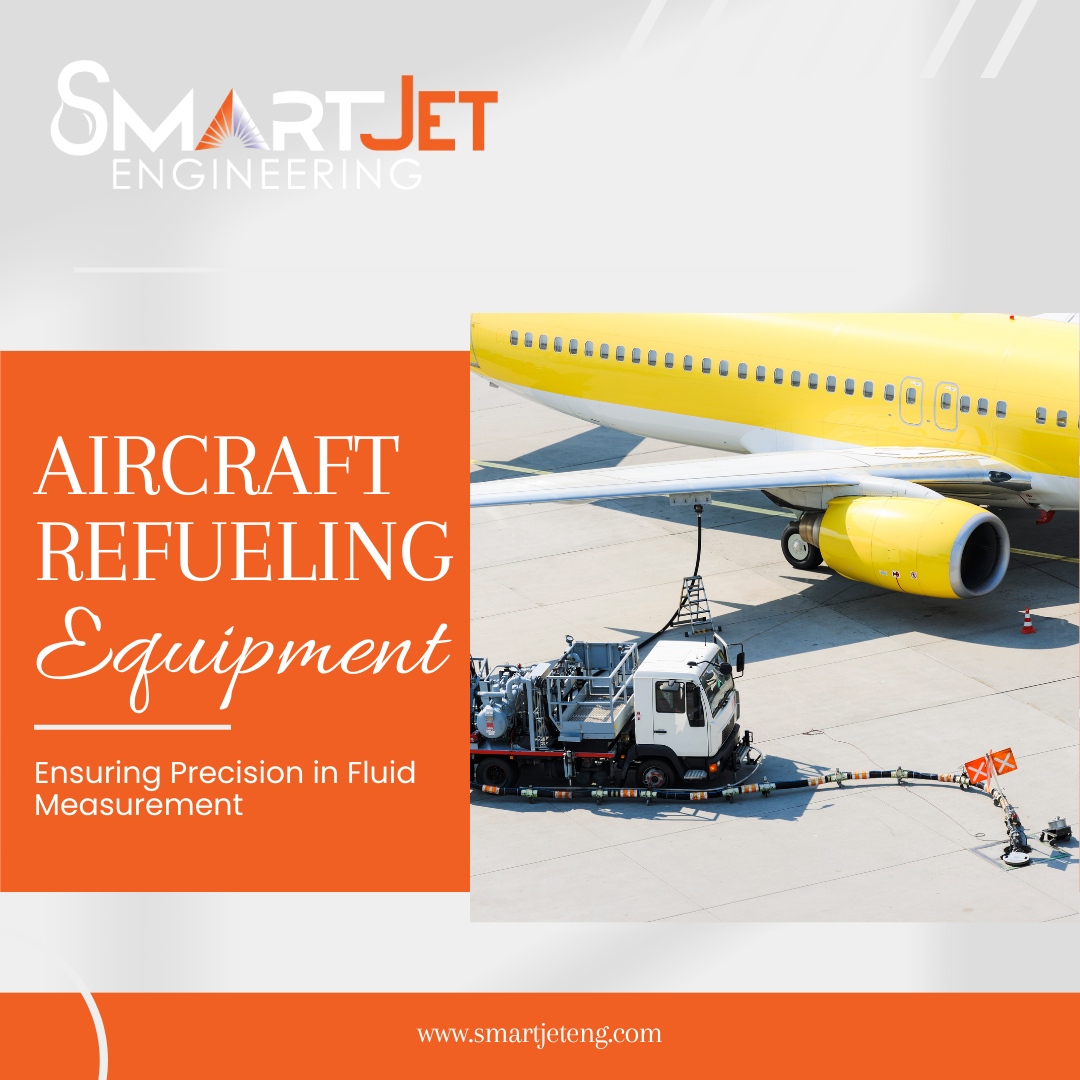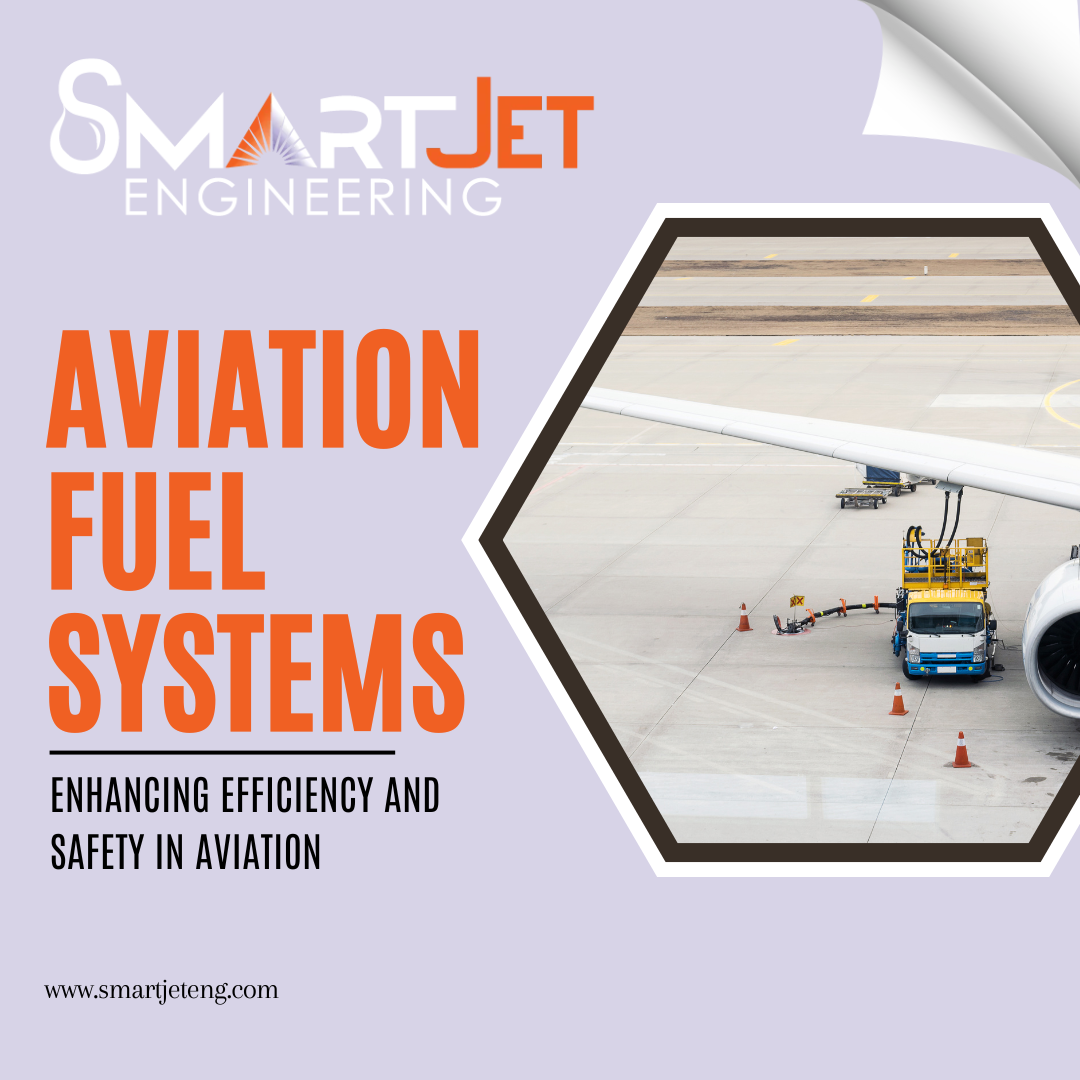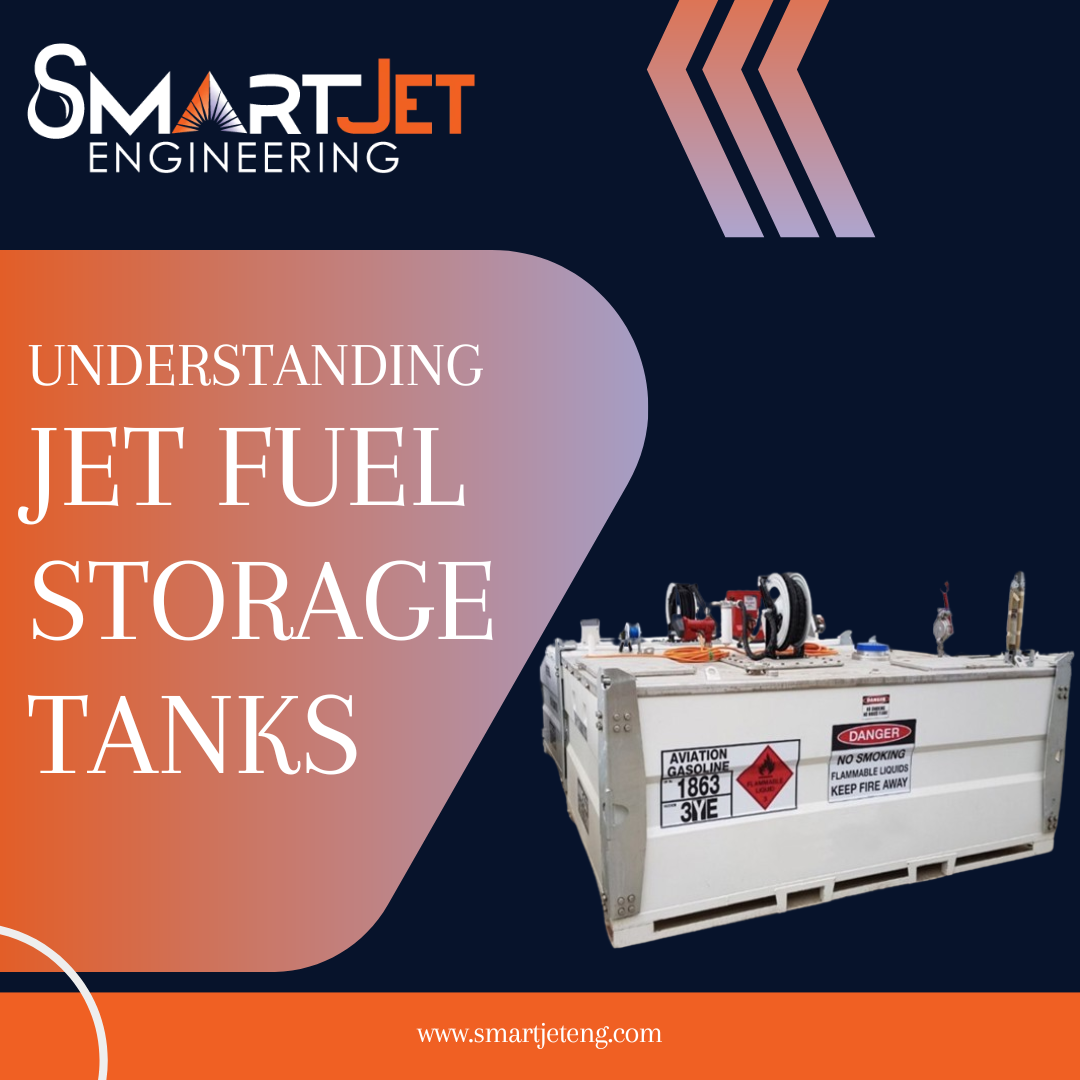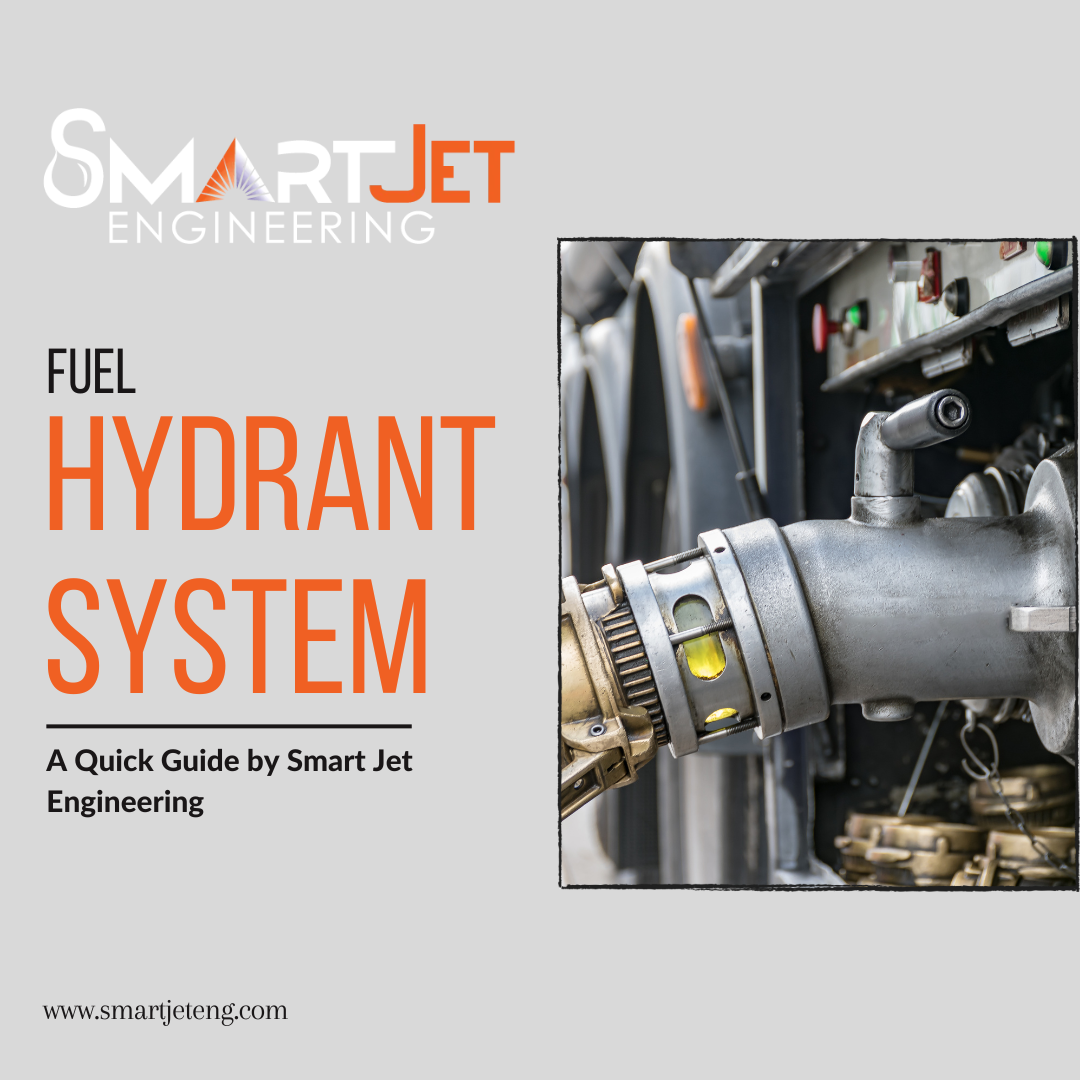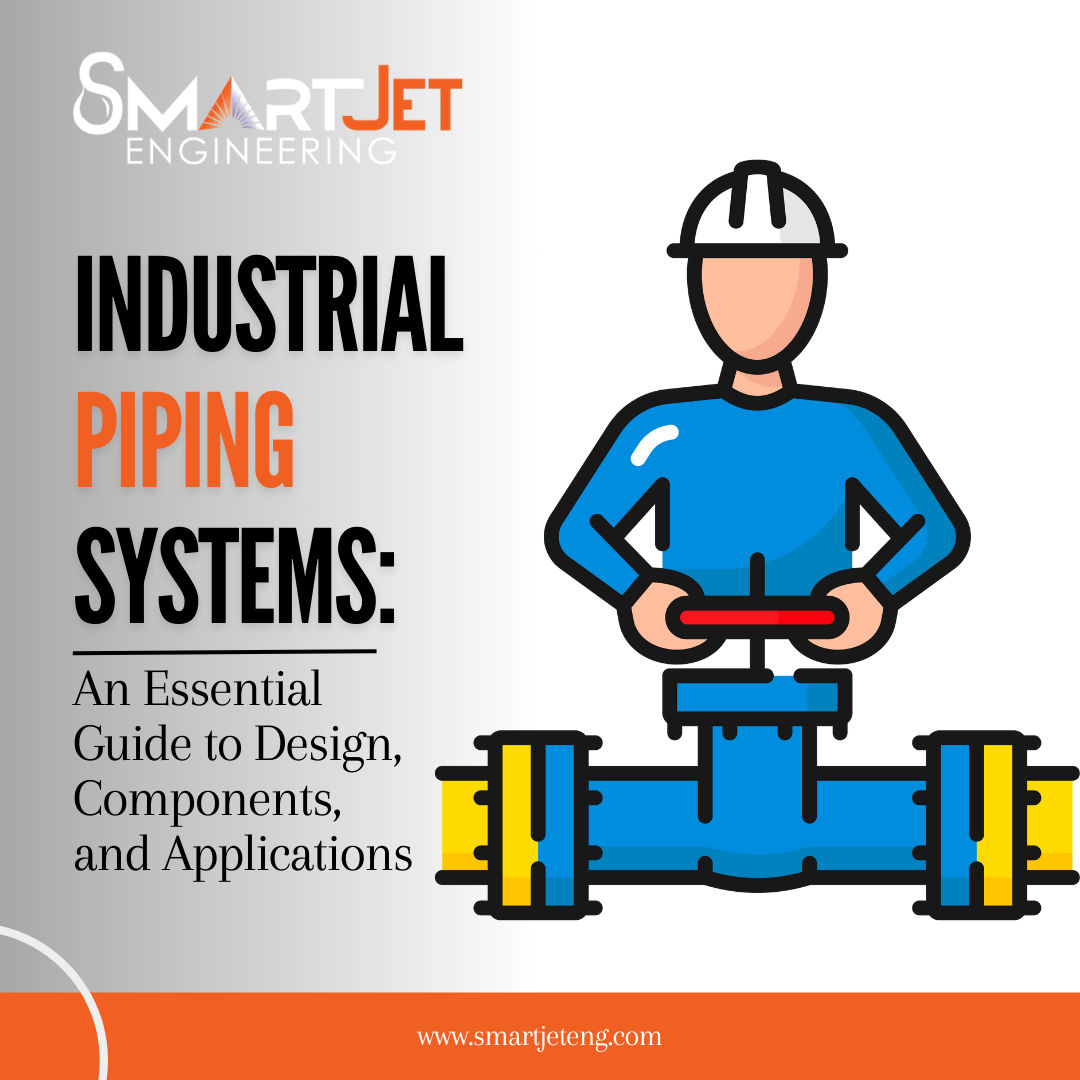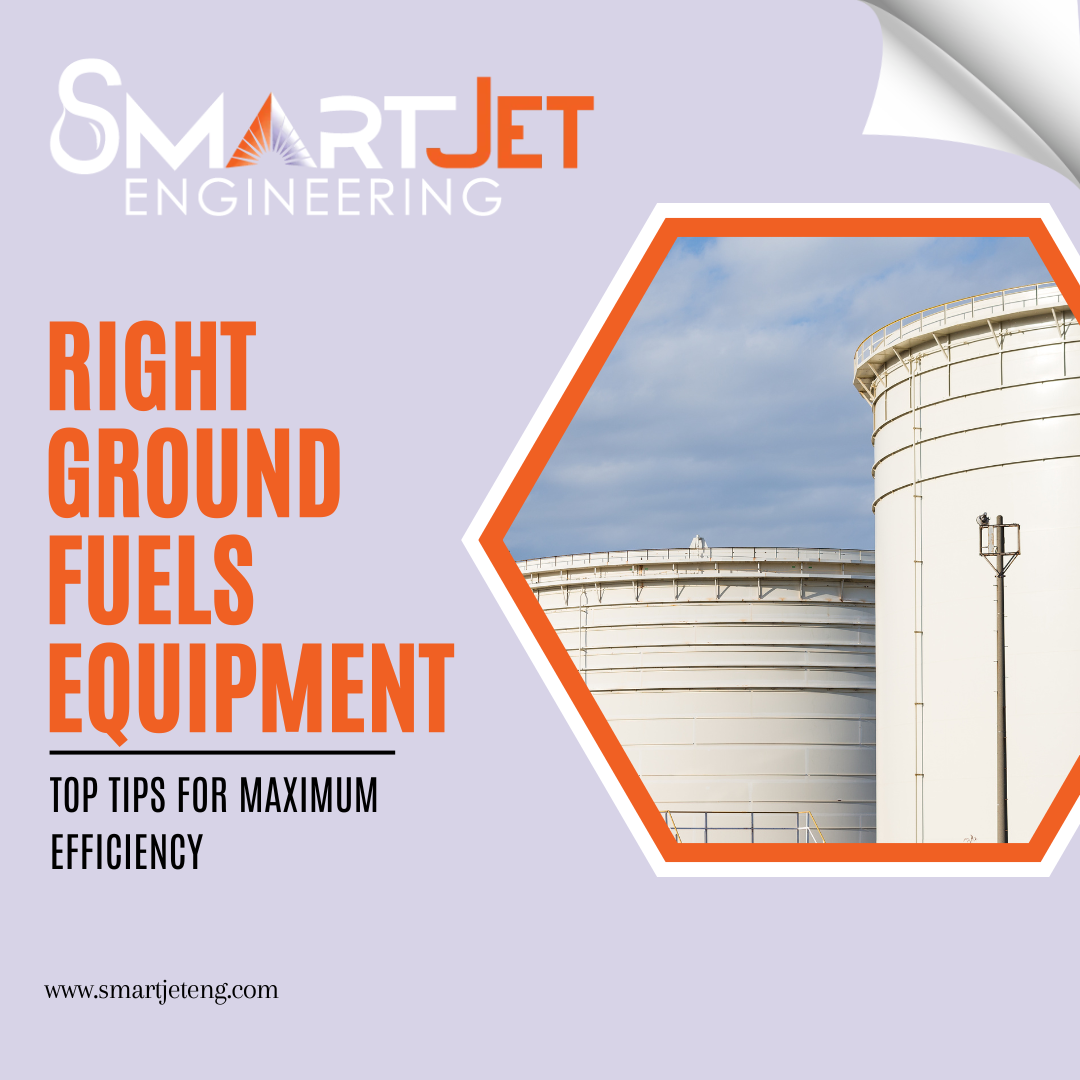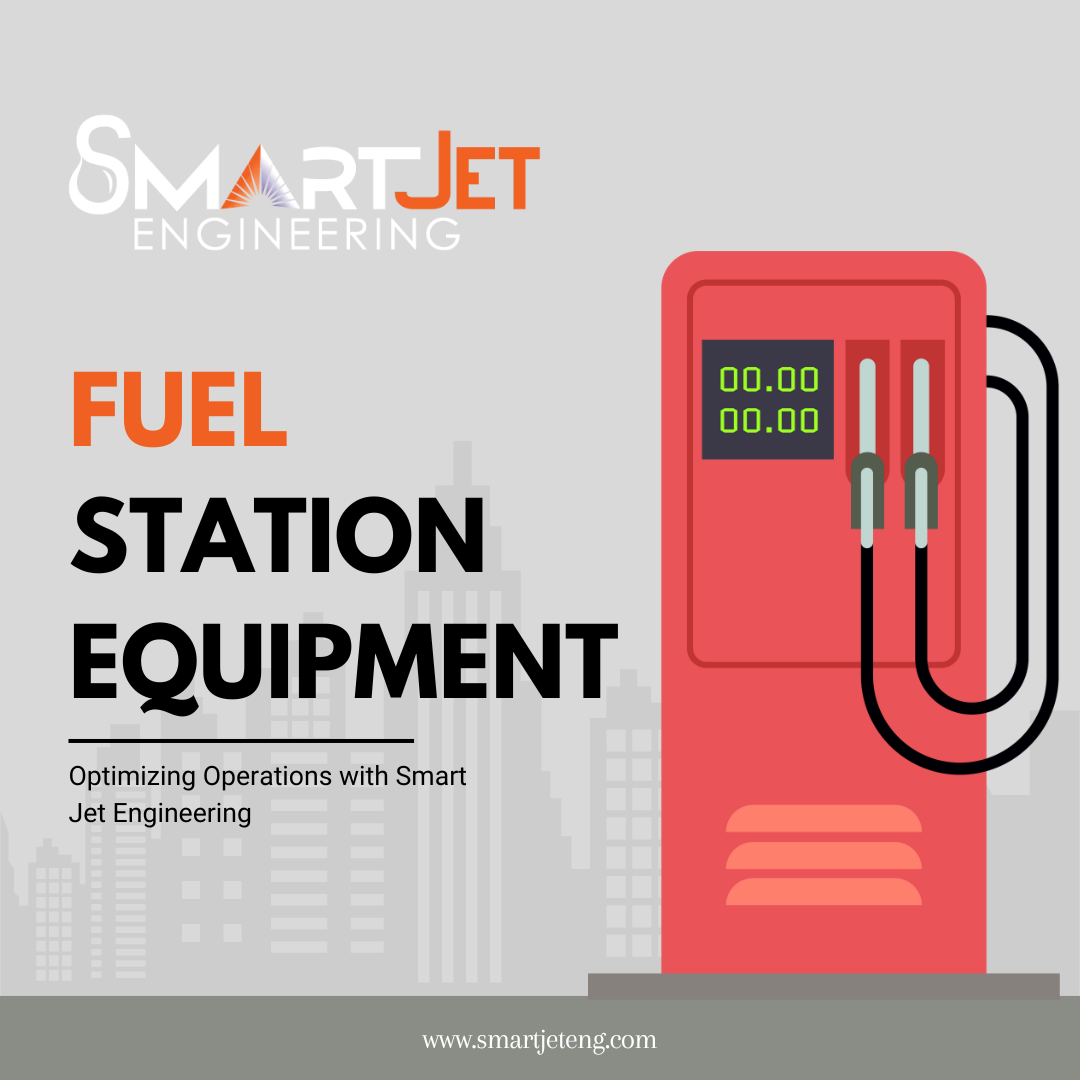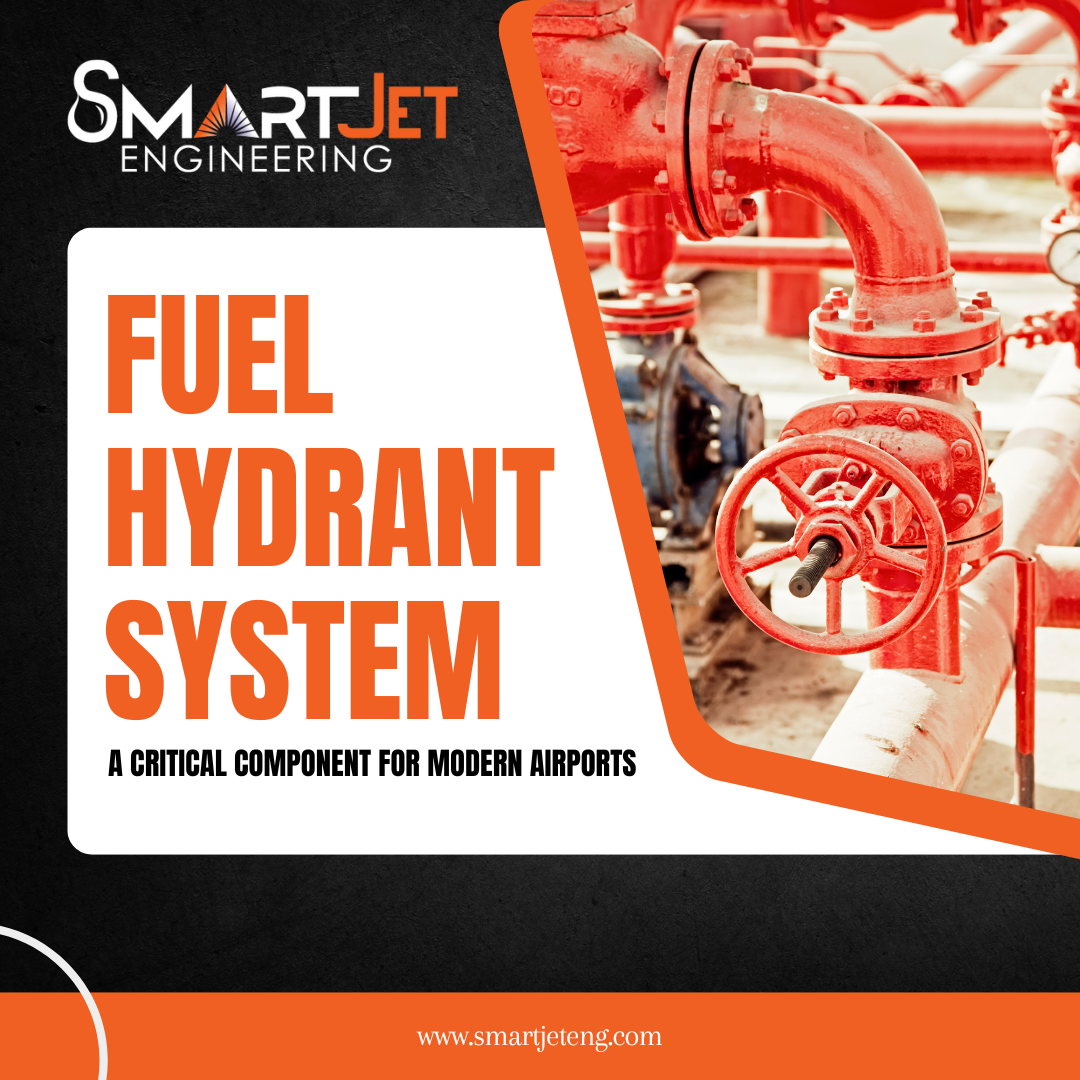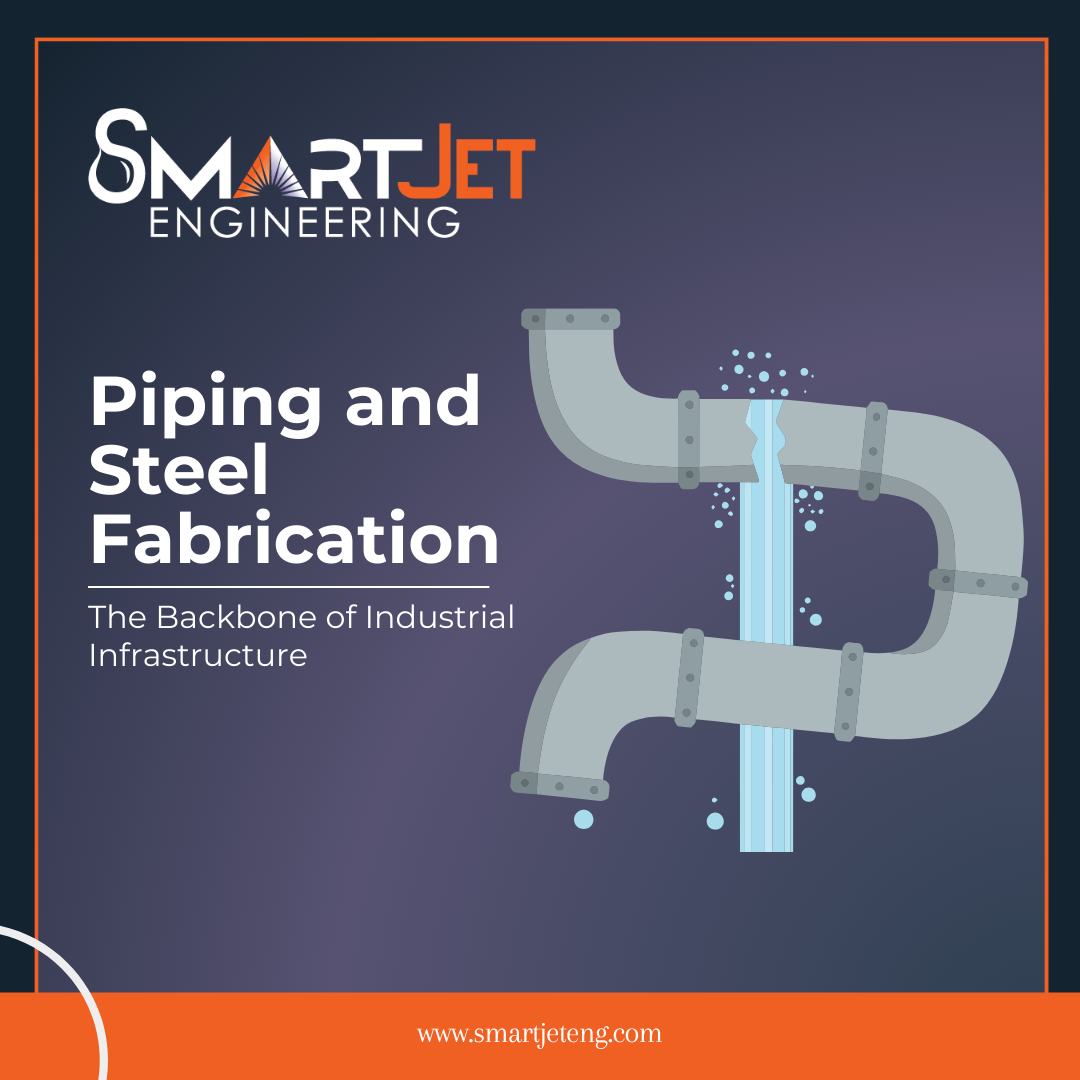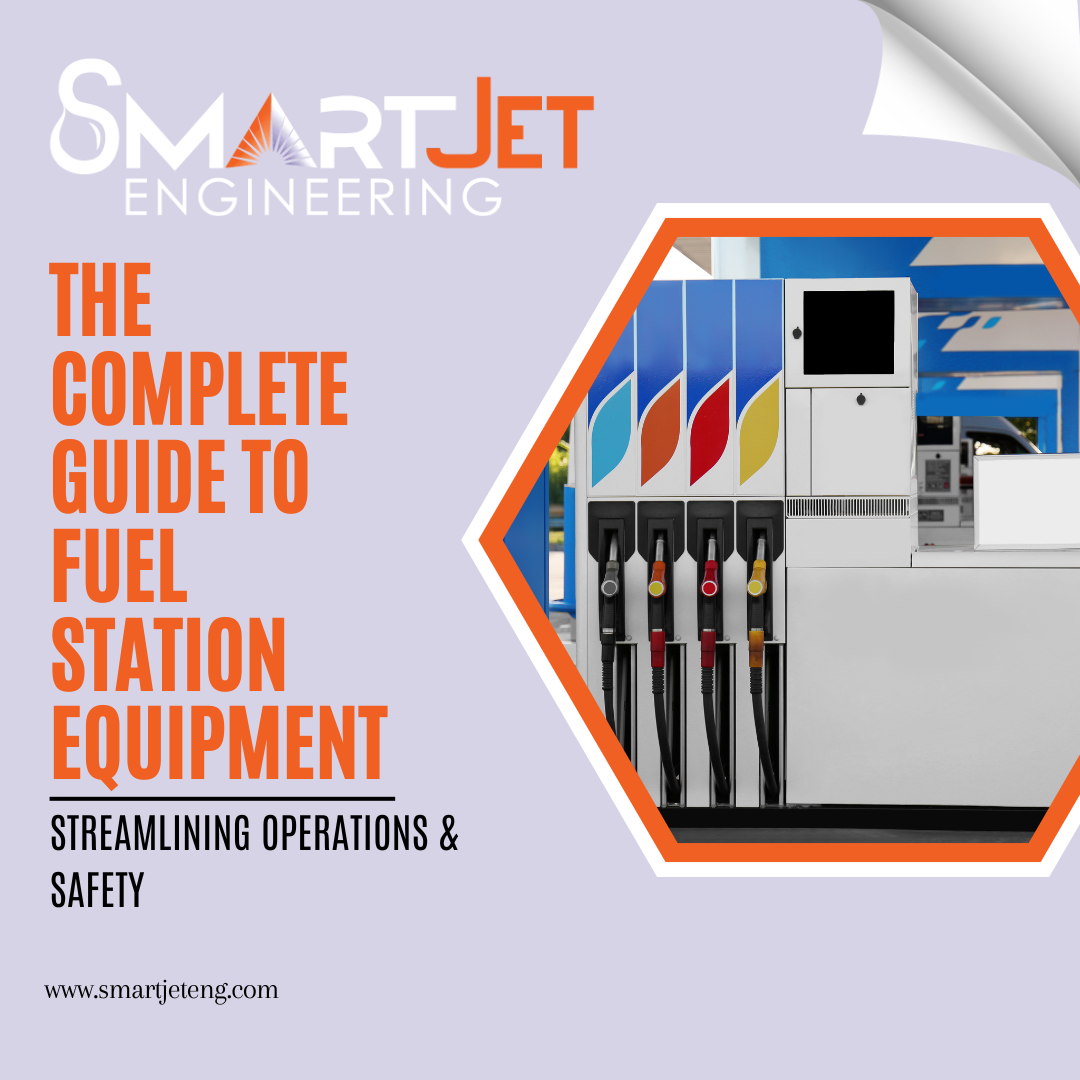Aviation Fuel Storage Tanks
By - Admin

Aviation Fuel Storage Tanks:Design, Safety, and Maintenance
Welcome to Smart Jet Engineering, your trusted partner for cutting-edge aerospace solutions. In this blog post, we explore the critical role of Aviation Fuel Tanks in storing, transporting, fueling operations of Aviation Fuel
A Comprehensive Guide to Aviation Fuel Tanks: Types, Design, and Best Practices
Introduction
In the world of aviation, fuel is the lifeblood that keeps aircraft in the air. The storage and handling of aviation fuel require specialized equipment and rigorous standards to ensure safety, reliability, and efficiency. Aviation fuel tanks play a crucial role in this process, offering secure storage and efficient fuel delivery to aircraft. This guide aims to explore the types of aviation fuel tanks, their key features, design considerations, safety and regulatory compliance, maintenance practices, emerging trends, and more.
Understanding Aviation Fuel Tanks
Aviation fuel tanks are storage systems designed to hold Jet A-1 and other aviation fuels safely. They come in various shapes, sizes, and configurations, depending on the specific needs of an airport, airline, or military installation. These tanks are engineered to ensure fuel integrity, prevent contamination, and maintain safety standards in all operations.
Safety and Regulatory Compliance
Safety is paramount in aviation fuel tank design and operation. Regulatory compliance with organizations like the International Civil Aviation Organization (ICAO), Environmental Protection Agency (EPA), and others is critical. Key safety and compliance measures include:
- Fire Suppression Systems: Installed to quickly address fire risks.
- Spill Prevention and Control: Systems to prevent and manage fuel spills.
- Emergency Response Plans: Procedures for handling emergencies and ensuring personnel safety.
Maintenance and Inspection
Regular maintenance and inspection are essential for ensuring the longevity and safety of aviation fuel tanks. Key practices include:
- Routine Inspections: Visual and non-destructive testing to detect wear and damage.
- Cleaning and Corrosion Prevention: Removing contaminants and applying protective coatings.
- Pressure Testing: Ensuring the integrity of the tanks and associated piping.
- Valve and Flange Maintenance: Ensuring proper operation and replacing worn components.
Emerging Trends
The aviation fuel industry is evolving, with new trends and technologies impacting the design and operation of fuel tanks:
- Sustainability: A growing focus on eco-friendly materials and practices to reduce the environmental impact.
- Advanced Monitoring: The use of IoT sensors, advance SCADA system and data analytics to monitor fuel tank conditions in real-time.
- Automated Systems: Automation in fuel handling and maintenance for increased efficiency and safety.
Training and Education
To ensure safe and efficient operations, personnel involved in the design, maintenance, and operation of aviation fuel tanks should receive specialized training and education. This includes:
- *Technical Training: Covering fuel systems design, pressure testing, and piping design.
- *Safety Training: Focusing on emergency response, spill prevention, and regulatory compliance.
- *Operational Training: Providing hands-on experience in fuel handling and maintenance.
Frequently Asked Questions (FAQ)
1. What is the most common type of aviation fuel tank?
The most common type of aviation fuel tank is the above-ground cylindrical steel tank, known for its durability and ease of inspection.
2. How often should aviation fuel tanks be inspected?
Routine inspections should be conducted at least once a year, with more frequent inspections for high-risk areas.
3. What are the main safety features in aviation fuel tanks?
Key safety features include fire suppression systems, secondary containment, and emergency shutdown systems.
4. Can aviation fuel tanks be customized to specific needs?
Yes, aviation fuel tanks can be customized in terms of capacity, layout, and additional safety features.
5. What are the common causes of fuel tank failures?
Corrosion, improper maintenance, and structural damage are the most common causes of fuel tank failures.
Conclusion
Aviation fuel tanks are a critical component of the aviation infrastructure. Proper design, maintenance, and compliance with safety regulations ensure safe and efficient operations. By understanding the types, key features, and best practices for maintenance, industry professionals can ensure the longevity and reliability of these essential systems.
Related Blogs
Search
Popular Posts

The Importance of Ground Fuel Monitoring in Modern Aviation Operations
March 27, 2025

The Importance of Fuel Storage Tanks in Modern Aviation Operations
March 27, 2025

Why Testing and Commissioning is the Ultimate Step in Quality Control
January 29, 2025

Unlocking the Power of Flow Meters: The Critical Role of Calibration
January 29, 2025

Industrial Plant Maintenance and Servicing
March 22, 2025



